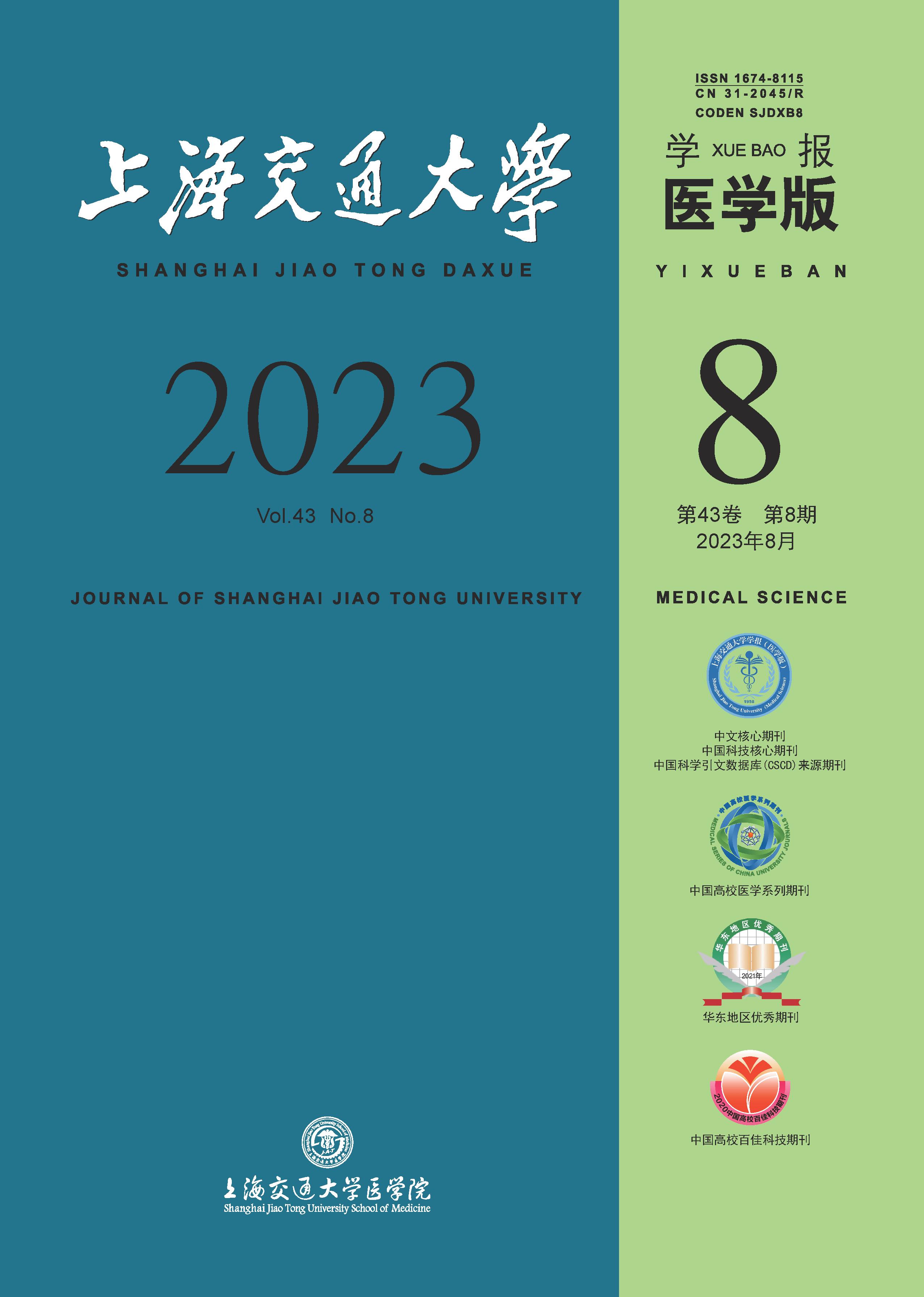Objective ·To study whether mutations at the I72 site of phosphoribosyl pyrophosphate synthetase 1 (PRPS1) can induce resistance in acute lymphoblastic leukemia (ALL) cells to thiopurine chemotherapy drugs 6-mercaptopurine (6-MP) and 6-thioguanine (6-TG), and explain their mechanisms of action. Methods ·The PRPS1 gene mutations (I72F, R177S and V316L) found in clinical practice and PRPS1 gene mutations (V208A and V289A) present in two ALL cell lines (KOPN72bi and RS4;11) were constructed into the vector pGV303 fused with green fluorescent protein (GFP), respectively. The PRPS1 A190T mutation that has been proven to be resistant to thiopurine chemotherapy drugs was used as the positive control, and the empty vector pGV303 (Vector), PRPS1 wild-type (WT) and PRPS1 I72V were used as the negative controls. The various mutants of PRPS1 were transiently transfected into HEK-293T cells (referred to as 293T cells), and the expression of these exogenous PRPS1 was detected by Western blotting. The half maximal inhibitory concentration (IC50) of 6-MP or 6-TG on the above 293T cell lines transiently transfected with PRPS1 mutants was detected and calculated by drug sensitivity experiments. Subsequently, in addition to PRPS1 I72F and I72V, multiple mutations I72M, I72L, I72N, I72S and I72T were constructed into the vector pGV303, respectively, by changing the isoleucine (I) at position 72 into other amino acids. The various mutants were transiently transfected into 293T cells, respectively, and the protein expression of each mutant and IC50 values of 6-MP or 6-TG were detected by Western blotting and drug sensitivity experiments. PRPS1 WT, I72F, I72V, A190T and pGV303 vectors were transfected into REH cell lines by lentivirus infection, and GFP-positive cells were sorted by flow cytometry to obtain cells with stable expression of PRPS1 mutants. The protein expression of each mutant in REH cells and IC50 values of 6-MP or 6-TG were detected by Western blotting and drug sensitivity experiments to verify the results of drug sensitivity experiments obtained by 293T cells. Annexin V/DAPI double staining was used to evaluate the apoptosis of each REH cell line, and Western blotting was used to detect the levels of DNA damage-related proteins [phosphorylation at S139 of histone H2AX (phosphorylated H2AX-S139, γ-H2AX), phosphorylated check point kinase 2 (pCHK2)], and apoptosis-related protein cleaved poly (ADP-ribose) polymerase (cleaved PARP) in each REH cell line. The diagrams of amino acid residues and spatial conformations of I72 locus, I72V and I72F were predicted and drawn through three-dimensional imaging and PyMOL software by using the crystal structure data of PRPS1-numbered 2HCR (PDB code 2HCR) in the PDB (Protein Data Bank) database. Results ·Western blotting results showed that the transiently transfected exogenous PRPS1-mutated proteins were successfully expressed in 293T cells. The drug sensitivity experiment results showed that the IC50 values of 6-MP or 6-TG in 293T cells expressing PRPS1 I72F, R177S, V316L, V208A and the positive control A190T were much higher than those in cells expressing V289A and the negative control Vector, PRPS1 WT and I72V (all P =0.000). After mutating the isoleucine (I) at position 72 with other amino acids, Western blotting results showed successful expression of exogenous PRPS1-mutated proteins at position I72 after transient transfection in 293T cells. Drug sensitivity experiments revealed the IC50 values of 6-MP or 6-TG in 293T cells expressing PRPS1 I72M, I72F, I72L, I72N, I72S, I72T and positive control A190T were much higher than those in cells expressing negative control Vector, PRPS1 WT and I72V (all P=0.000). Western blotting results showed that the protein expression levels of PRPS1 WT, A190T, I72F and I72V in the REH stable cell lines constructed by lentivirus were high and similar. The drug sensitivity experiment results showed that the IC50 values of 6-MP or 6-TG in REH cells expressing PRPS1 I72F and positive control A190T were much higher than those in cells expressing negative control Vector, PRPS1 WT and I72V (all P=0.000), which was consistent with the drug sensitivity results obtained by transient transfection in 293T cells. The results of Annexin V/DAPI double staining method and the detection of DNA damage and apoptosis-related proteins by Western blotting showed that after 6-MP treatment, the DNA damage and apoptosis rates of REH cell lines expressing PRPS1 A190T and I72F were significantly lower than those of cells expressing negative control Vector, PRPS1 WT and I72V (all P=0.000). The protein structure analysis results showed that PRPS1 I72F could change the conformation of PRPS1. Conclusion ·The PRPS1 I72F, R177S, V316L, V208A, I72M, I72L, I72N, I72S and I72T mutations can confer drug resistance to the thiopurine chemotherapy drugs in cells, while the PRPS1 V289A and I72V mutations do not affect cell sensitivity to the thiopurine chemotherapy drugs. The drug sensitivity experiment results in 293T cells are consistent with those in REH cells, demonstrating that 293T cells can serve as a rapid research model for detecting the resistance of PRPS1 mutations to thiopurine chemotherapy drugs. The effects of the PRPS1 I72 mutations on the resistance of the thiopurine chemotherapy drugs may be related to changes in the structure of PRPS1.

